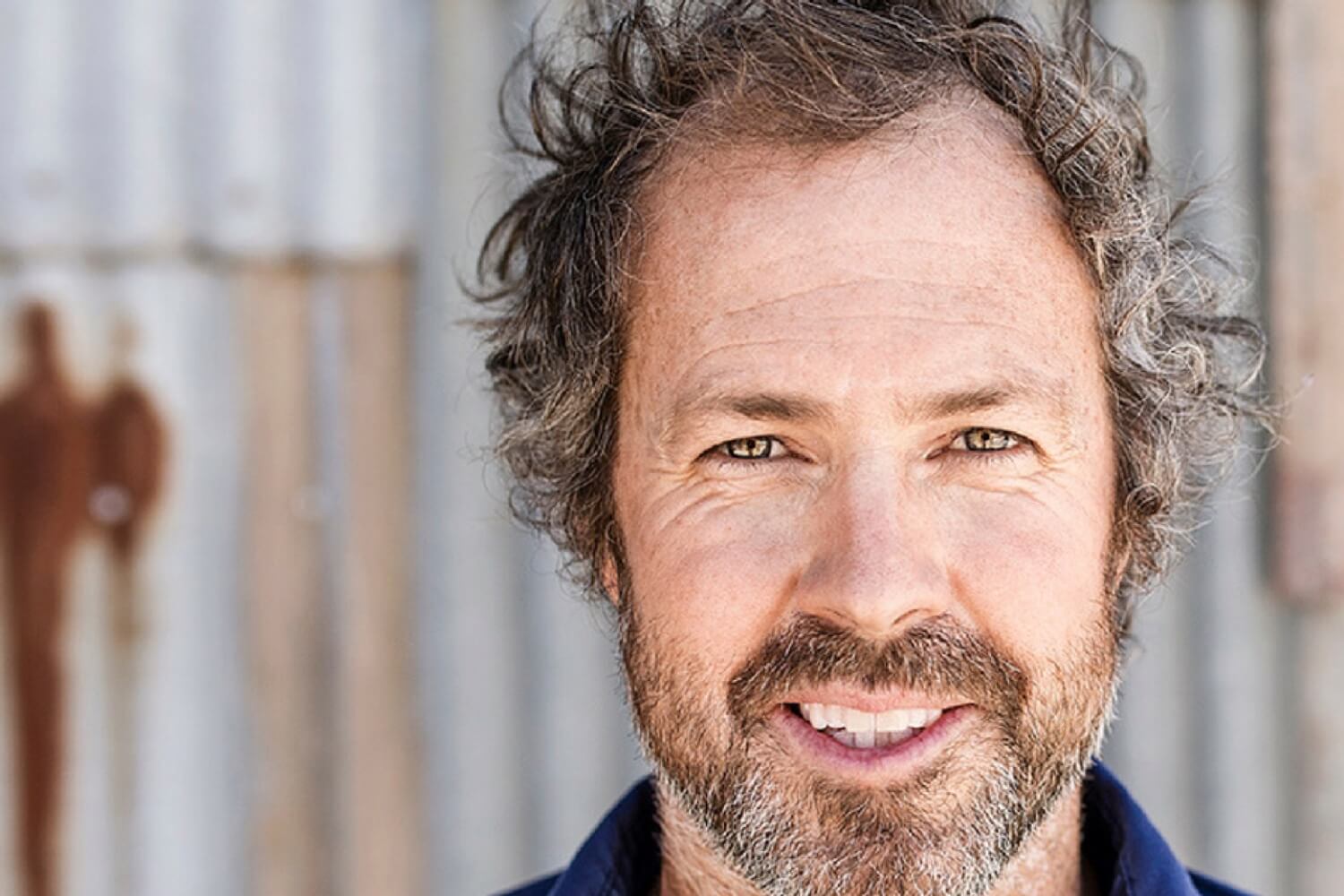A deep connection to the land of the Barossa Valley underpins Abel Gibson's winery. Raised amongst the vines of the Barossa, the cellars of Penfolds and Rockford, with the guidance of local wine legends such as Charlie Melton and his father Rob Gibson, Abel has carved a unique path for his brand.
His latest release is arguably a new high watermark for this much-loved champion of the Barossa's avant-garde.
The Ruggabellus reds focus on sensitive blends of old vine Syrah, Mataro, Grenache and Cinsault from great old vineyards with freshness and vitality always the key.
Oak is never new. Additions are minimal if at all.
The 'whites' are some of the country's finest examples of skin contact 'amber' wines. These curious creations are all variations on a theme: Riesling, Muscat and Semillon in varying amounts with varying times on skins.
The latest releases are entirely world class.
These are rare and truly authentic Australian wines.
Abel's wines are in extremely high demand after the incredible recent reviews from The Wine Front's Mike Bennie and allocations are limited.
If you want to experience the compelling new releases from Ruggabellus, now is the time.
The Reviews From
The Wine Front's Mike Bennie
More or less equal parts semillon, muscat and riesling from old vines, spends an average of 3.5 days on skins, but there’s larger and smaller time frames in the mix. Rests on lees for a year, then just as juice for a year. Gush, gush, gush. See for yourself.
Profoundly complex wine with its texture distinct and superb. It sits assertive in the palate, a sense of sculpted chalk with an inward juiciness and a distinct array of primary fruit and savouriness intermingled. Reverse up to the bouquet, if you can keep your mouth off the glass, and there’s brown lime, sea spray, blanched almond or nut milk, ginger and preserved citrus boldly jostling away. That drive and precision across the palate is the thing, though, and the pool of saline and tonic tang to close the clincher. A crawl over glass kind of wine."
Chewy, chalky, powdery texture blast across the palate with mature citrus flavours, dried apple, ginger tea and chamomile characters reverberating between bouquet and palate. While sniffs on the wine parlay complexity, savouriness, ‘tonic’ and non-fruit character, the palate convinces you both can co-exist. It’s mouth-watering, tasty in the way any detailed wine can be, exceptionally long, speaking of fine wine with a punky ethos. Hello Vivienne Westwood. The thing is, the more you spend time with the wine, the more you realise you’re drinking a wine in Acts – a wonderful thing too. Superb wine made from white grapes."
This is 95% old vine riesling with a splash of the Sallio 2016 semillon and muscat in the mix, for perfume and texture, or seasoning. The riesling component spends two years on lees – something else. About six days on skins too. Always tinkering and re-touching is Abe Gibson, When I think of Abe Gibson’s winemaking I imagine him as if using tiny paintbrushes on those miniature models Warhammer freaks paint on as if a fetish. Regardless, this results in one of Australia’s new era, great white wines.
So much going on here in such a compact and succulent frame. Perfume is voluminous showing ginger, honeysuckle flowers, sweet lemon and faint talc-like scents. The palate rushes in a chewy flow of citrus tangled with chalk and almond. There’s bite of acidity under it all too – a thirst-quenching sluice acting as counterbalance to the Flavour Town of primary fruit. It’s delicious, intellectual, fantastic to pore (pour) over, and over."
The first thing you notice, once past the briary, dark berry, anise-tinged, slightly smoky, black olive perfume, is the powdery, translucent feel to the wine. It’s not so much ‘light-on’, as there’s plenty going on in the palate, but ethereal, or something akin to that. It spreads in the palate on a film of dust and brambly-berry flavours, ashen and savoury, drawn very long and leaving barely-there fruit sweetness in its wake. Tannins form a wide sheath and acidity is underlying in a sense of vitality and freshness. It all sounds odd, if you read this straight, but it’s a compelling wine of wild character yet delicacy. Drinking is a charm."
Texture is important here, so silky, soft too, feathery tannins just a breeze over the slosh of dark plummy fruit and then a kiss of almost tactile, peppery spice. Lovely stuff. It has that sense of heartiness without tipping into full on, supple in the mouth and dreamy with its kiss of sweet fruit and herbal stuff to close. Just so. A delightful balance between the richness and freshness. So. Easy. To. Drink. And fantastic."







